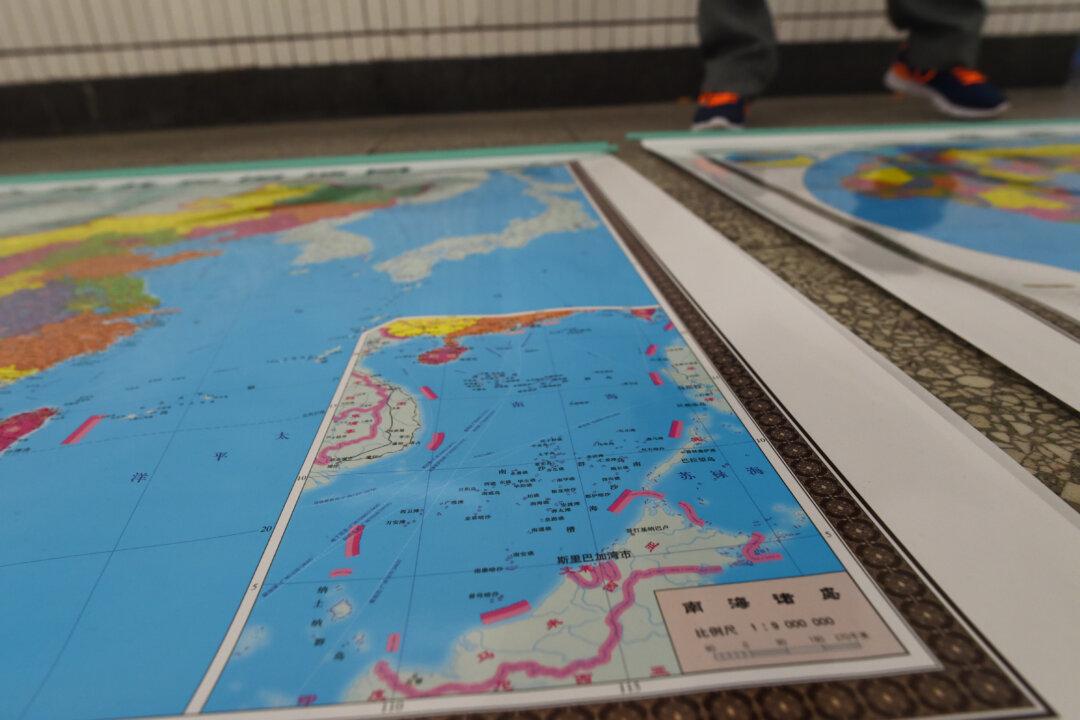NEW DELHI—The new map released by the Chinese Ministry of Natural Resources on Aug. 28 has claimed the territories of multiple Asia-Pacific countries, triggering protests from all except Russia.
Experts opined that the map is more than cartographic diplomacy. Some noted that the timing of its publication indicates the power struggles between political factions within the Chinese Communist Party (CCP). Moreover, experts say the only way to counter Beijing’s hegemonic ambition is for the encroached countries to contain the regime collectively.





